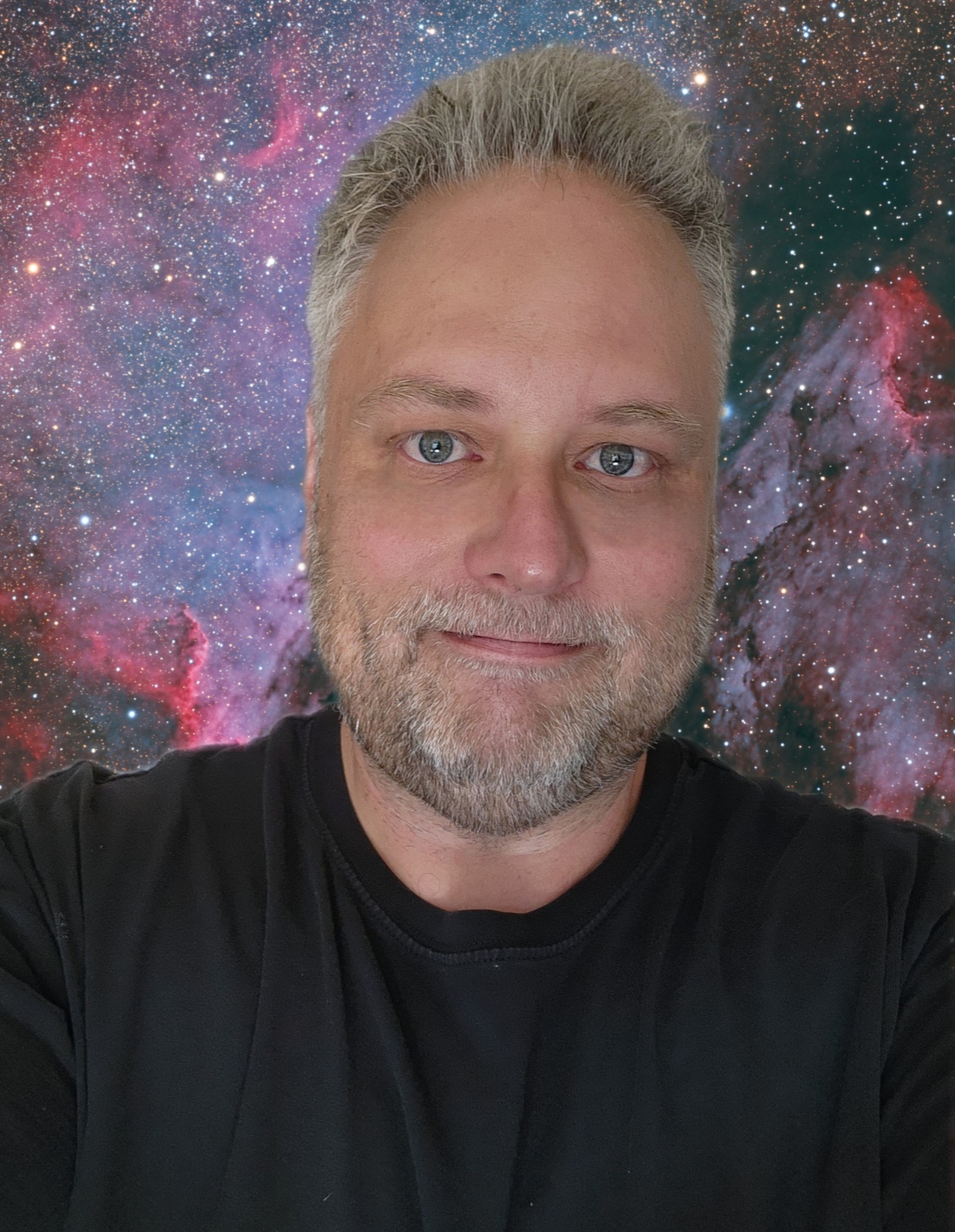No products in the cart.
The Wizard Nebula NGC 7380 is located in the constellation of Cepheus. It gets its name from the wizard with a tall cap like appearance within the structure of the nebula. NGC 7380 is located 7000 light years from Earth. It’s a combination of interstellar gas and dust with an embedded open star cluster.
I took this image over several nights in July 2020. The majority of the nights were moonless but first quarter phase did impact the last night or two of data collection. Since I was using a narrowband filter, the Optolong L-eXtreme, I was still able to image even with some moonlight.
The image above was taken using a Skywatcher Esprit 100 triplet refractor, a QHY268C cooled cmos camera and the before mentioned Optolong L-eXtreme dual narrowband filter for one shot colour (OSC) cameras. The gases comprising this nebula are strong in the H-alpha (Ha) and Oxygen III (OIII) emission lines which makes using a narrowband filter important in order capture the details.
The QHY268C is a very sensitive camera boasting 26mp and a small pixel size of just 3.76um. This made the camera ideal for imaging the Wizard Nebula which is a relatively faint object. The small pixel size of the QHY268C along with the Esprit 100 focal length provided an ideal arc-second per pixel (arcsec/px) ratio of 1.41 making for sharp details being within my typical seeing of between 1-2arcsec/px.

The L-eXtreme filter from Optolong is new and designed to isolate the Ha and O3 emission lines specifically. This is one of the first images I’ve taken with this filter. So far it has been working well. I find the Ha signal more dominent with it, but O3 signal is typically weak in most deep sky objects so this may account for that. The overall appearance of the images taken with the L-eXtreme filter are red if the O3 signal is not strong. The Wizard Nebula has a low O3 signal but deep sky objects like the Dumbbell Nebula or the Witches Broom (Veil) Nebula are quite different with the O3 signal being strong and pronounced in images taken with the L-eXtreme filter.
Positioned between Cygnus constellation and the North star (Polaris), the Wizard Nebula is well placed in the North-Eastern sky as it rises high from late Summer and into the Fall. This makes it ideal for me to image from my astro backyard as I called it.
The data for this image was calibrated, aligned and stack using Pixinsight. It was processed fully in Pixinsight as well using a quasi hubble palette technique I developed for OSC data. This gives the image its false colour appearance. To see more about this image processing technique you can watch my video below.
Clear skies!

My story began more than 40 years ago looking up at the Moon with a small telescope my Father had. Encouraged by my parents, who bought me my very own telescope, a 4.5″ reflector, I began to explore the night sky from my family home backyard. Today I do astrophotography from my home in Kitchener, Ontario and also with remote telescopes located in New Mexico and Australia. Some of my images have won awards and have been featured online and in magazines.



Leave a comment...